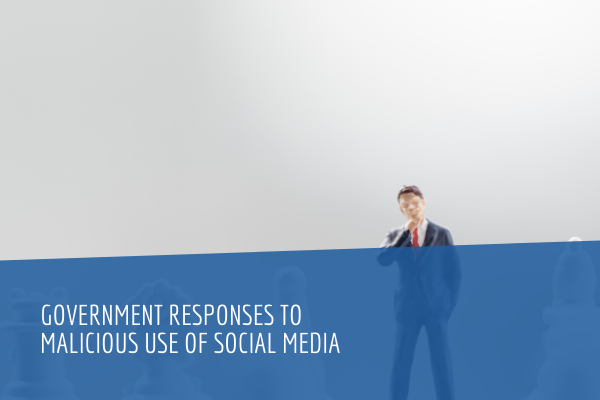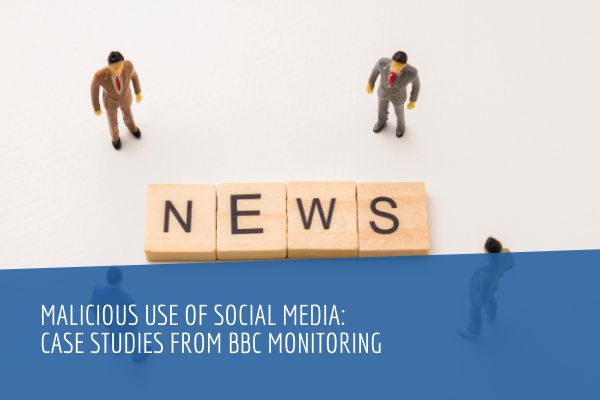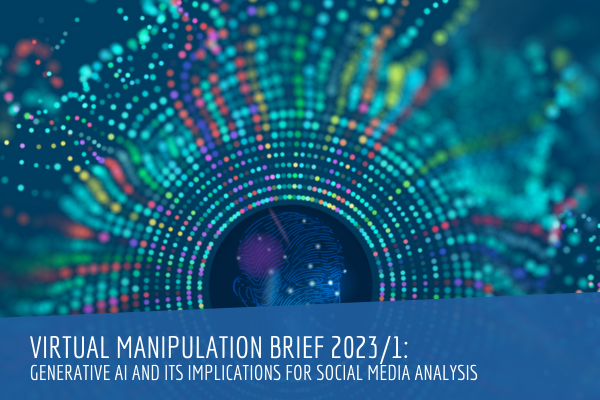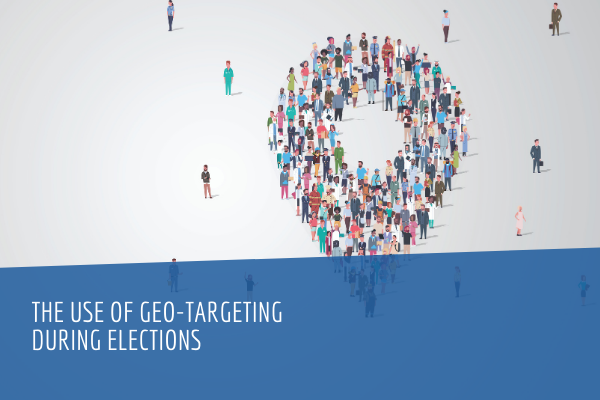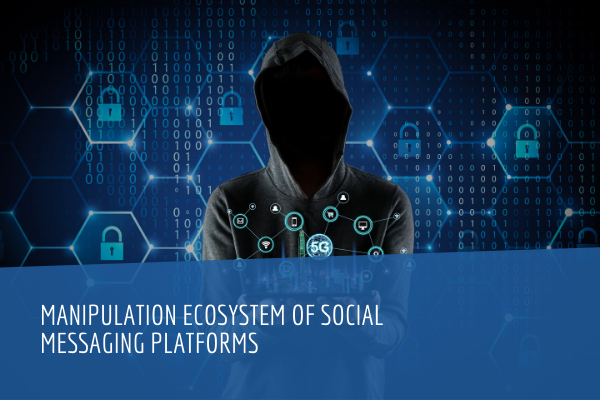This paper provides an analysis of how the Belarussian government was preparing for possible protests. What internet traffic control equipment and software was purchased and tested? What solutions did the protesters use to avoid traffic restriction and gain access to the internet?
The Belarusian presidential election on 9 August 2020 was a turning point in the history of modern Belarus. Disagreeing with the apparently falsified results of the vote, protesting Belarusian citizens flooded the cities around the country. Lukashenko’s response was lightning fast and brutal. In order to conceal any information about the brutality of the law enforcement structures against peaceful protesters, Lukashenko attempted to take control of the information environment and restrict access to all information channels - especially Internet resources.
At the height of the protests, the internet and digital media became a window for Belarus onto the world, to speak about what is happening in Belarus and hear a response.
Unlike traditional media, the internet is harder to control. Most Belarusians have access to the internet and therefore during the protests in Belarus, many were not only consumers but sources and creators of information.
The government’s attempts to restrict access to online sources of information was likely linked to the idea that Belarusians would opt for more easily accessible sources - television, radio and print media (most of which are state-controlled). Paradoxically, however, this provoked the opposite reaction as people began to look for opportunities to access unbiased news in online resources.
Telegram messenger, due to its encrypted messaging, has become the most important information channel and in a short time turned into the most influential news agency. In all the attempts by the Belarusian government to disconnect consumers from Internet resources, e.g. by instructing telephone companies to disconnect digital internet or block social media platforms, Belarusians were increasingly finding ways to circumvent these barriers. To access the internet, Belarusians used free anonymizers, VPNs (i.e. Psiphon and Tachyon) and proxy servers.
This paper explores the events in Belarus and how Lukashenko’s loyal structures sought to secure control of the information space.
The Belarussian government has almost full control over traditional media. Such long-lasting focus on one part of the media has created the conditions for the development of a strong IT sector and internet infrastructure, simultaneously allowing the public to adapt to these unfiltered information channels.

